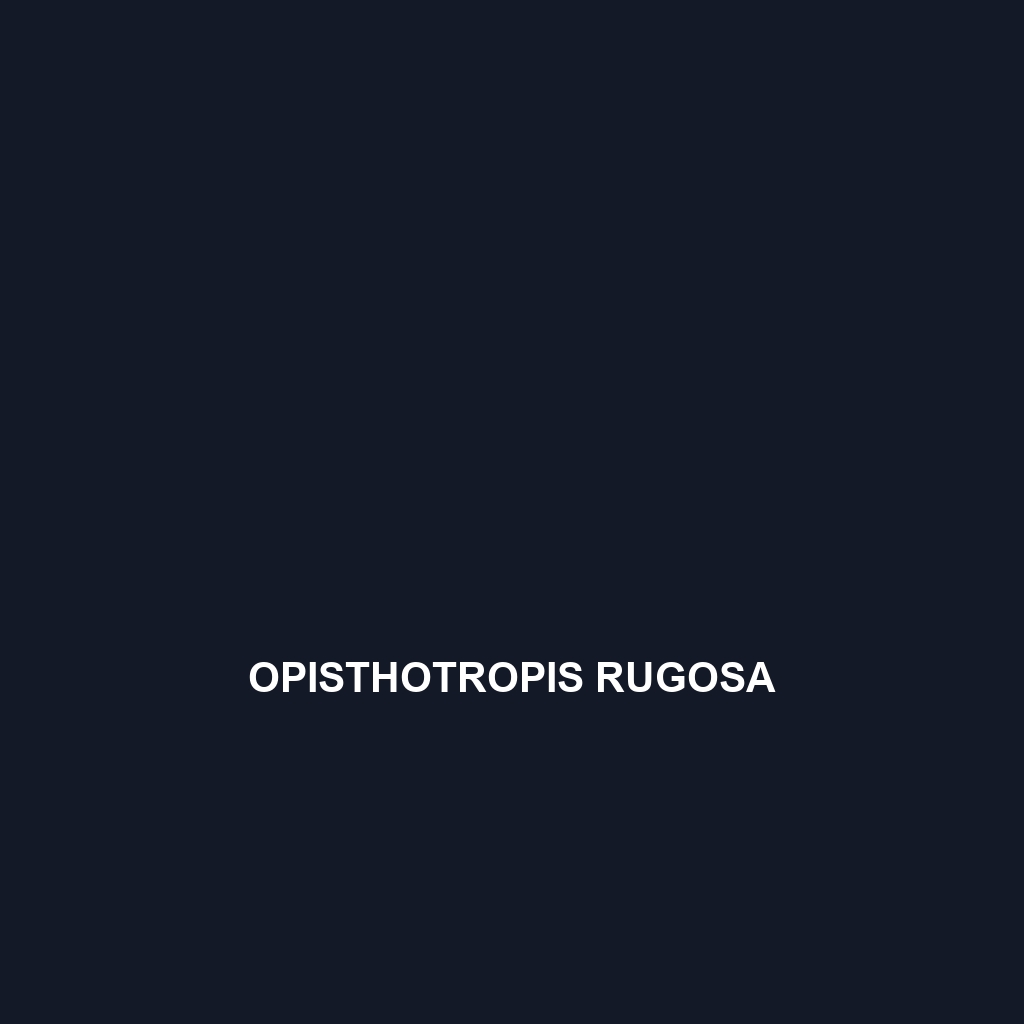<b>Sphenomorphus kinabaluensis</b> is a slender, insectivorous lizard found in the biodiverse rainforests of Malaysia, primarily on Mount Kinabalu. With a body length of 12 to 15 cm, this species is well-adapted to its environment, exhibiting unique camouflage and behaviors essential for survival in its tropical habitat.
Tag: biodiversity in Malaysia
Pseudoxenodon baramensis
<p><b>Pseudoxenodon baramensis</b>, known as the Baram snake, is a slender, nocturnal species native to the tropical rainforests of Southeast Asia, particularly Malaysia. This insectivorous snake features a smooth, camouflaged body measuring 50 to 80 centimeters in length and plays a crucial role in its ecosystem by controlling insect populations while serving as prey for various larger predators.</p>
Pseudoxenodon baramensis
<p><b>Pseudoxenodon baramensis</b>, known as the Baram snake, is a slender, nocturnal species native to the tropical rainforests of Southeast Asia, particularly Malaysia. This insectivorous snake features a smooth, camouflaged body measuring 50 to 80 centimeters in length and plays a crucial role in its ecosystem by controlling insect populations while serving as prey for various larger predators.</p>
Opisthotropis rugosa
<p><b>Opisthotropis rugosa</b>, also known as the rough snake, is a nocturnal species found in the humid rainforests of Southeast Asia, particularly Malaysia and Borneo. This slender snake, averaging 1 to 1.5 meters in length, is known for its striking yellowish-brown and reddish-brown coloration, arboreal habits, and role in controlling small mammal and amphibian populations within its rich ecological habitat.</p>
Malayotyphlops andyi
The Malayotyphlops andyi, also known as the blind snake, thrives in the tropical rainforests of Southeast Asia, characterized by its streamlined body, vestigial eyes, and nocturnal feeding habits primarily on small invertebrates. This species plays a crucial role in its ecosystem by controlling insect populations and serving as a prey item for larger predators.
Lygosoma kinabatanganense
<p><b>Lygosoma kinabatanganense</b>, or the Kinabatangan skink, is a medium-sized insectivorous skink native to the tropical rainforests of Malaysia's Sabah region, known for its sleek, shiny scales, and agile behavior. This species plays a crucial role in its ecosystem by regulating insect populations while showcasing remarkable adaptability to various habitats.</p>
Hebius andreae
<p><b>Hebius andreae</b> is a striking snake species found in the lush rainforests and mountainous terrains of Southeast Asia, recognizable by its sleek body, dark bands, and nocturnal hunting behavior. With a role as both predator and prey, it contributes to the ecological balance while thriving in humid, shaded habitats near water sources.</p>
Dibamus bourreti
fascinating Dibamus bourreti, a legless lizard native to the humid tropical rainforests of Southeast Asia, featuring smooth, shiny scales and a secretive, nocturnal lifestyle. This Vulnerable species plays a crucial role in its ecosystem by controlling insect populations and serving as prey for larger predators.
Dibamus bogadeki
Dibamus bogadeki, a slender, legless lizard native to the tropical forests of Southeast Asia. With its striking brown and yellow scales, this nocturnal insectivore plays a crucial role in its ecosystem while facing vulnerabilities from habitat destruction.
Dendrelaphis walli
Dendrelaphis walli, also known as Wall's Flying Snake, a vibrant and agile species native to the rainforests of Southeast Asia. This diurnal, arboreal predator primarily feeds on small amphibians and contributes to the ecological balance of its habitat, while facing vulnerabilities due to habitat loss and urbanization.









